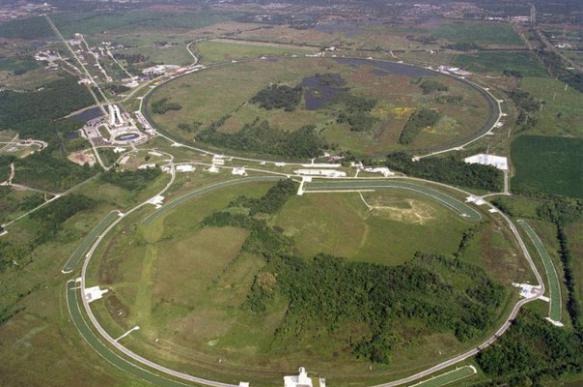Five grandiose abandoned Soviet projects that leave one speechless
The history of a superpower that used to make the world tremble with fear and respect keeps many secrets. Today, some of those secrets come to light. The USSR used to spend enormous funds and resources on the construction of gigantic and super powerful projects. The Great Patriotic War could not but affect the development of the country. Many grandiose projects had to be abandoned and forgotten, even though some of those objects were already up and running.

These objects had been kept secret in the Soviet era, and the world learned of their existence only after the USSR was gone. Today, they appear as monuments to the power of the erstwhile strong country.
Duga radar station
Duga is a radar station for the early warning of intercontinental missile attacks. There were only three of such stations in the whole USSR (Pripyat, Komsomolsk-on-Amur and Nikolaev). They provided a possibility to detect targets at a distance of up to 3,000 kilometres. With the help of the Duga, the military could literally look beyond the horizon and detect a missile launch in the United States.
Also read: USSR's five amazing projects that never materialized
The radar station was shrouded in mystery for a very long time. Rumour had it that the station was actually used as a centre for the study of psychotronic weapons. The system, when operating, would block the short-wave range around the world. Today, it is believed that the station has been completely dismantled, but who knows?
Submarine base in Balaklava
This impressive construction in Mount Tavros could house seven nuclear submarines and withstand a direct explosion of a 100-kiloton atomic bomb. The base could provide shelter to 3,000 people, whereas its total area made up 10,000 square meters.
The base was strictly classified in Soviet times. When it was being built, trucks would take soil away from the construction site only at night. All the people working on the construction, signed non-disclosure documents. The base was closed in 1993 and left without any protection. Today, Russia considers a possibility to restore the base.
Accelerating complex "Proton"
The "Proton" is the research institute in Protvino, the construction of which had not been completed. The project stipulated for the construction of a Soviet collider in 1983. Its basic ring had the length of 21 kilometers, and the tunnel itself, in which protons were supposed to collide, was located at a depth of up to 60 meters. The diameter of the tunnel is five meters.
The construction of the proton collider was frozen in 1994 due to the lack of funds. Today, the collider remains conservated; a required temperature regime is maintained, electricity and ventilation works properly there.
Oil Stones (Neftyaniye Kamni)
This is the name of an urban settlement in the east of Azerbaijan, on the Caspian Sea. The settlement was built in 1949, when the Soviet government was massively developing offshore oil wells. This is a completely autonomous town that has all vital infrastructure.
The town is still home to about 2,000 people. However, due to low profitability, a half of wells had been closed. Nevertheless, unlike many other cities built on water, Oil Stones has never been abandoned. Interestingly, the streets of the town are 350 kilometres long in total.
Semipalatinsk Test Site
This was the largest nuclear test site in the USSR. The site was located in Kazakhstan, where most advanced nuclear weapons were stored and serviced. The first nuclear explosion on the Semipalatinsk test site was conducted in 1949; it was equivalent to 30 kilotons of TNT. Since then, the test site had seen 473 explosions, 354 of them were conducted under the ground.
From 1996 to 2012, during a joint operation of Kazakhstan, Russia and the United States, about 200 kg of plutonium were buried on the test site. This gigantic object still remains without any protection.
Subscribe to Pravda.Ru Telegram channel, Facebook, RSS!


